The south-facing window receives the most sunlight in the home and is a perfect place for some greens. Adding some plants can instantly liven up your space or make a loved one’s home feel warmer.
In this article, we’ll suggest the best house plants that can transform a sunny south-facing window into a stunning plant gallery.
Whether you’re looking to liven up your own home or searching for the plant to bring a friend’s home to life, we got you covered!
7 Best Houseplants for South Facing Windows
Ponytail Palm
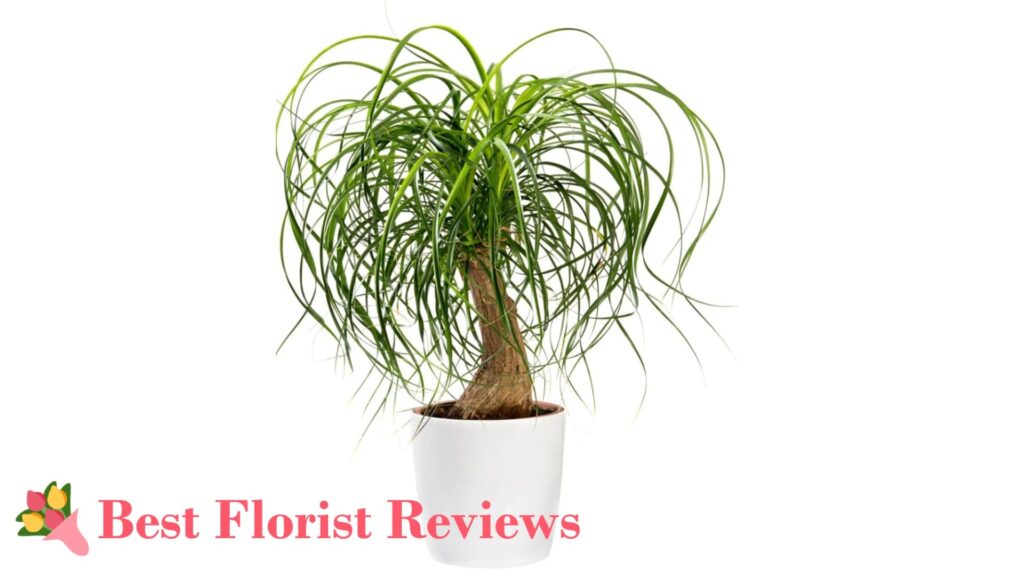

Botanical Name: Beaucarnea recurvata
Origin: Southeastern Mexico
Size: Up to 6 feet tall if grown indoors, 30 feet if grown outdoors
Light: Bright, indirect light
Water: Water only when the soil’s surface is dry to the touch
Toxicity: Non-toxic to pets and humans
Beaucarnea recurvata, better known as ponytail palm or elephant’s foot, is an evergreen perennial that can be grown both indoors and outdoors.
They are native to southeastern Mexico, where there’s an abundance of sunlight, so they’re perfect for south-facing windows.
Ponytail palms have a unique appearance that makes them look like palm trees, but they’re not actually palms. They have a thick, swollen brown base and long, thin, green leaves that grow in a fountain-like manner.
The plants can grow up to 30 feet, but if grown indoors, they usually only grow to a mature height of 6 feet. They’re also slow-growers and long-lived, so you’ll be able to enjoy their beauty for about five years without worrying about them growing too much.
Aloe Vera
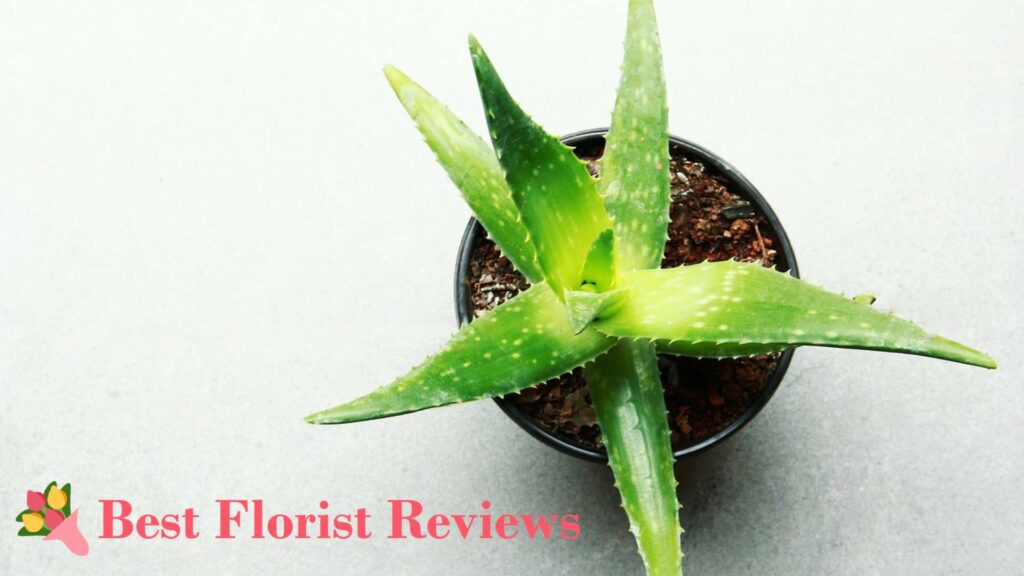

Botanical Name: Aloe barbadensis miller
Origin: Arabian peninsula
Size: 2 to 3 feet tall
Light: Bright, indirect light
Water: Water it only when the top two inches of soil are dry to the touch.
Toxicity: Toxic to pets and humans
Aloe vera is a succulent plant that’s known for its contribution to the beauty industry. However, these plants are not just great ingredients for your skincare products; they’re also beautiful plants that can decorate your south-facing windows.
Aloe vera has thick, fleshy, lance-shaped leaves with jagged edges that grow in a rosette manner. Its leaves are capable of storing water, so it doesn’t need a lot of watering, and it can tolerate periods of drought.
It’s native to the Arabian Peninsula and grows in tropical and semi-tropical climates, making it ideal for south-facing windows where there’s bright sunlight coming in.
Just make sure to put up a sheer curtain to filter the light and avoid overexposure to direct light.
Garden Croton
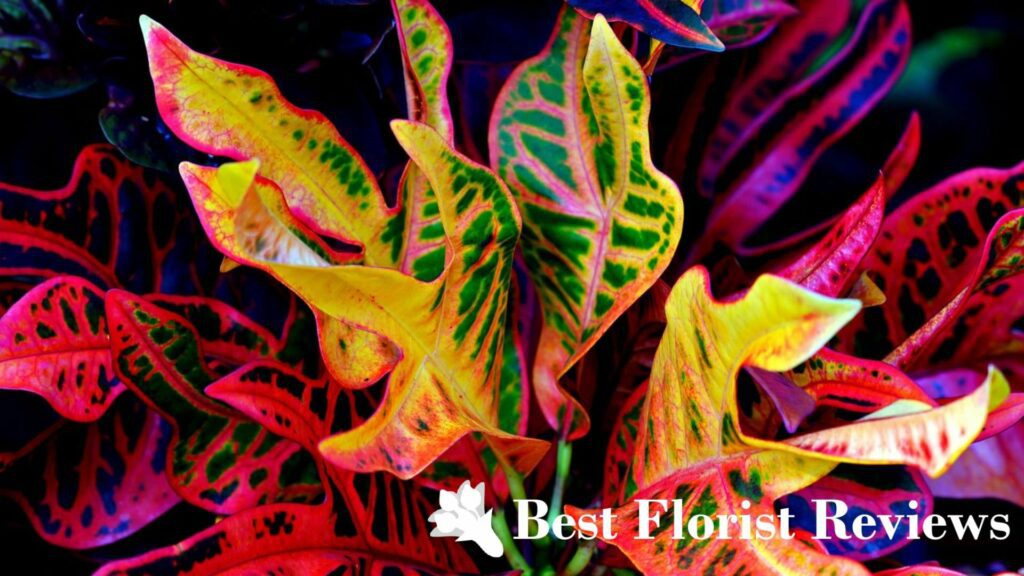

Botanical Name: Codiaeum variegatum
Origin: Southeast Asia
Size: 6 to 10 feet tall
Light: Bright, indirect light
Water: Wait for the top two inches of the soil to dry before watering again
Toxicity: Toxic to pets and humans
Garden croton’s charm lies in its striking, multi-colored leaves. It’s among the most popular houseplants right now due to its ability to add a splash of color to indoor spaces.
Its large, leathery leaves can come in a rainbow of colors and patterns, including red, orange, yellow, green, and purple. It’s also compact, growing only up to 4 feet when raised indoors, so it can fit almost anywhere in the house.
They will, however, need regular pruning, as they can be bushy and leggy. When pruning, cut above the leaf node to ensure the next leaf grows healthier.
The best location, though, is anywhere near a south-facing window. Since they’re native to tropical regions, they need bright light and warm temperatures, which south-facing windows can provide them with.
Tropical Hibiscus
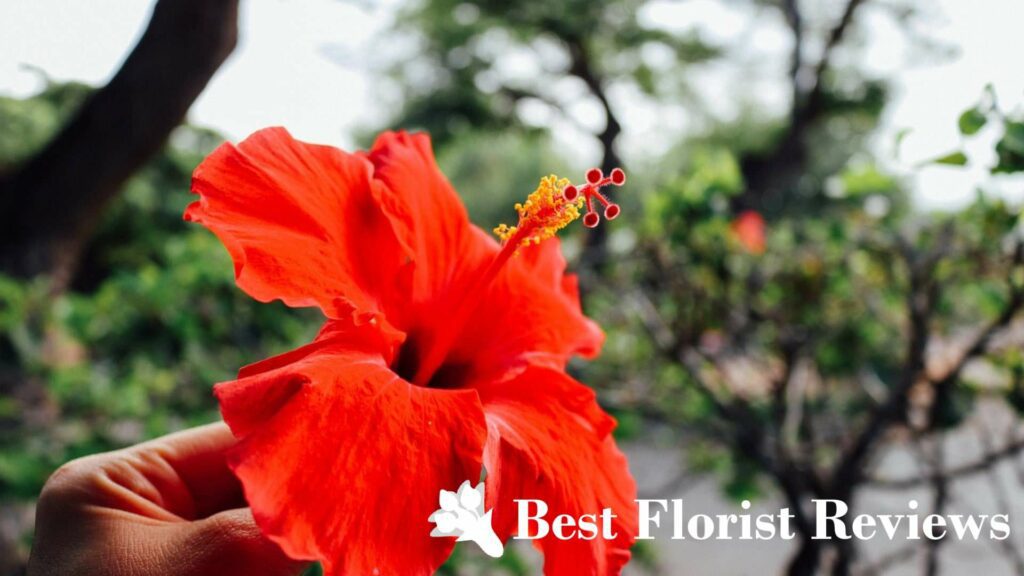

Botanical Name: Hibiscus rosa-sinensis
Origin: West Africa
Size: 3 to 4 feet tall if grown indoors, 8 to 16 feet if grown outdoors
Light: Bright, indirect sun
Water: At least once a day
Toxicity: Toxic to pets
Tropical hibiscus, sometimes called Chinese hibiscus, is a species of the Hibiscus genus that’s known for its large, vibrant, and showy flowers. It’s one of the favorite house decorations of many plant enthusiasts.
The plant is known for its attractive and colorful funnel-shaped flowers. It’s the perfect plant to place in your south-facing window if you want to make it look more lively.
The sunlight that south-facing windows receive is enough to keep the flowers as vibrant as possible. They also thrive in warm temperatures, so south-facing windows are the ideal location for them.
Snake Plant
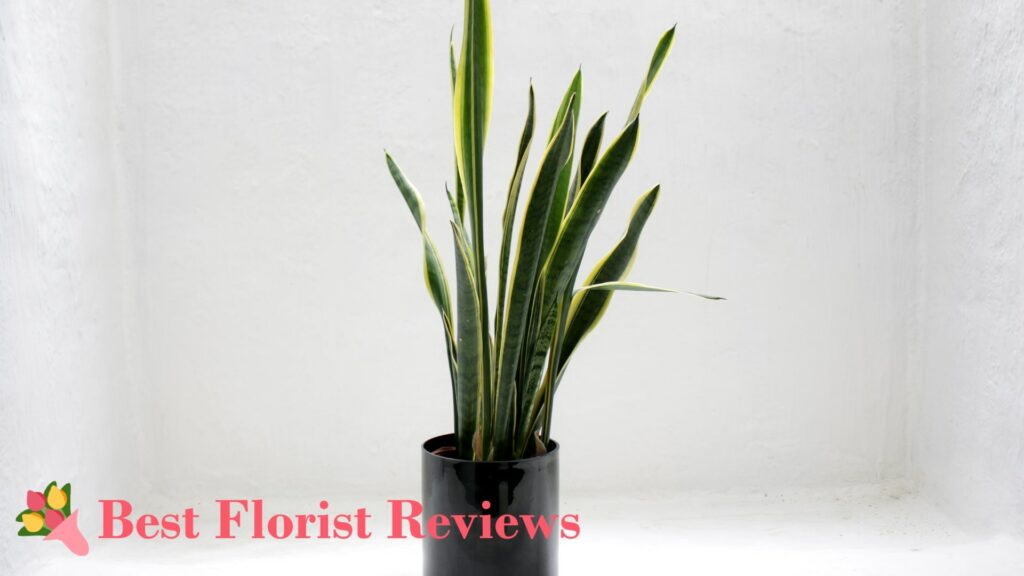

Botanical Name: Sansevieria trifasciata
Origin: Africa
Size: 2 to 3 feet if grown indoors, 2 to 6 feet if grown outdoors
Light: Bright, indirect sunlight
Water: Wait for the top two inches of the soil to dry before watering again
Toxicity: Toxic to humans and pets
Sansevieria trifasciata, commonly known as snake plant or mother-in-law’s tongue, is a popular and low-maintenance houseplant. It’s native to the tropical regions of Africa, so it’s used to warm and bright environments.
The plant has long, upright, sword-like leaves that are decorated with dark green to grayish stripes or patterns. Some varieties have yellow edges, while some are completely green.
It can adapt to various light conditions, but it thrives when it receives bright, indirect light, so south-facing windows are the perfect location for it. It’s also tolerant of temperature fluctuations but prefers warmer temperatures of about 15°C to 29°C.
Snake plants also have air-purifying properties, so it’s the perfect plant to choose if you want to improve indoor air quality.
String of Pearls


Botanical Name: Curio rowleyanus
Origin: Southwestern Africa
Size: 2 to 3 feet
Light: Bright, indirect light
Water: Wait for the top 2 inches of the soil is dry before watering again
Toxicity: Toxic to humans and pets
The string of pearls plant is a fascinating and visually striking succulent plant that can make your south-facing windows less boring.
It has long, skinny, trailing stems covered in small, green peas-like leaves, making it a perfect plant for a hanging basket. Its bead-like leaves can store water like most succulents, so it doesn’t need regular watering.
The plant needs a lot of bright light, so a south-facing window is an excellent location for it. Just make sure it doesn’t receive direct sunlight for a long period of time to avoid scorching its delicate leaves.
Orange Bird of Paradise
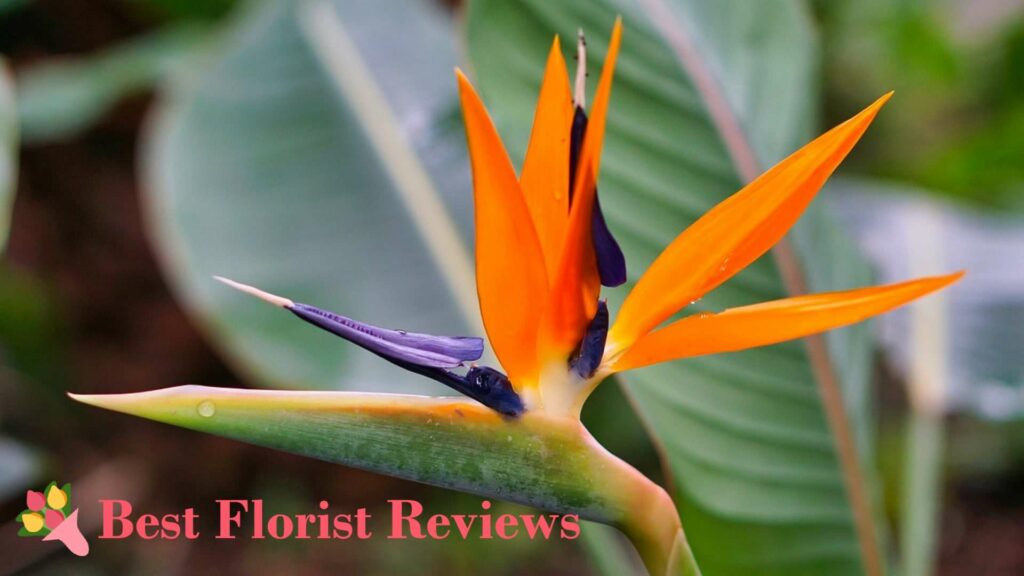

Botanical Name: Strelitzia reginae
Origin: South Africa
Size: 3 to 5 feet tall
Light: Bright, indirect light
Water: Only when at least ½ part of the soil is dry
Toxicity: Toxic to humans and pets
Orange bird of paradise plants are highly sought-after because of their unique flowers that resemble a bird of the same name. It’s also relatively easy to grow, so they suit even novice plant owners.
It prefers bright, indirect light, so placing it on a south-facing window that has sheer curtains can help its impressive flowers to bloom much faster and last longer. South-facing windows also provide an ideal temperature of 18°C to 29°C.
Regular misting of the plant can also help it grow healthier, as it prefers its environment to be slightly humid.
This plant can serve as an accent plant to a south-facing window because of its striking appearance, so make sure to provide it with the care it needs.
Factors to Consider When Selecting Plants for South-Facing Windows
Light Requirements
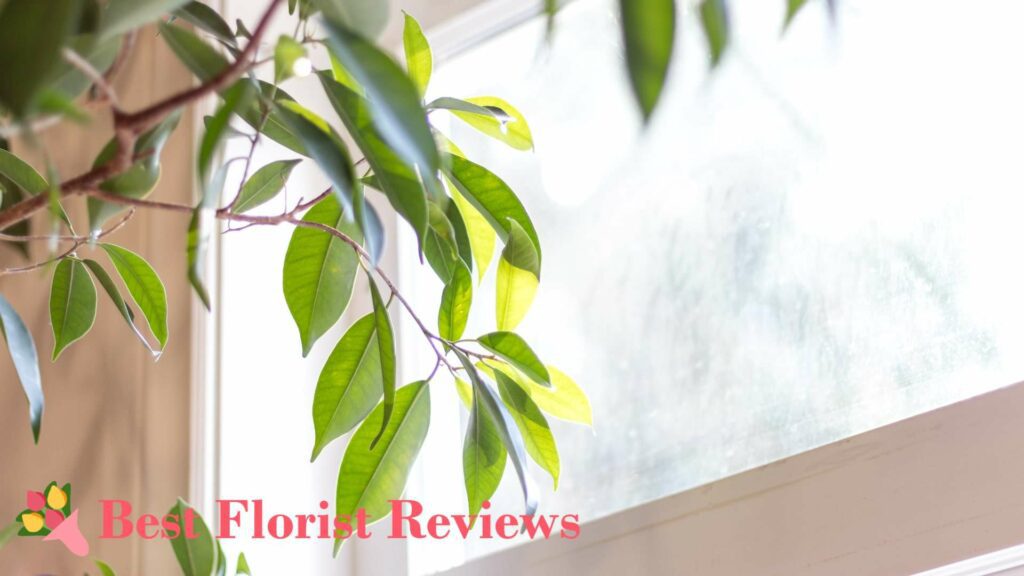

South-facing windows tend to receive the most intense light throughout the day, which can either be a good or bad thing depending on the plant. That’s why it’s important to consider the plant’s lighting needs.
You would want to choose plants that require bright light. It’s also a lot better if the plant can tolerate direct sunlight, as south-facing windows tend to receive plenty of direct sunlight.
Placing a sheer curtain or any drape on the window can help filter the light and turn it into indirect light, so consider adding one to prolong the lives of your plants.
If you don’t want to add drapes, place the plant about 5 feet away from the window to make sure they aren’t overexposed to direct sunlight.
Temperature Tolerance
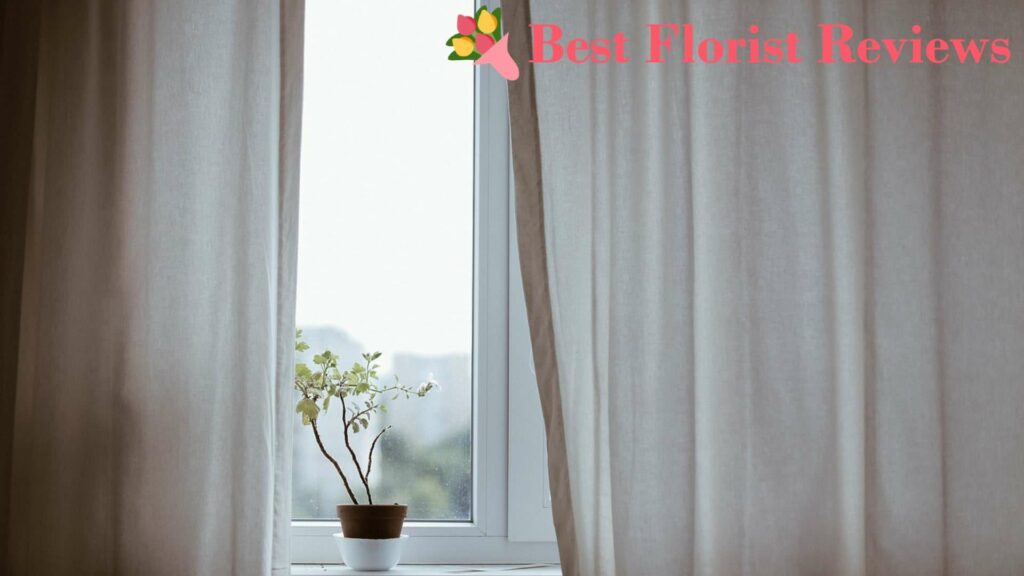

Since south-facing windows receive a lot of sunlight, they also tend to be warmer compared to other parts of the house. Hence, you have to consider how much heat the plant can tolerate before placing it near the window.
In general, the plant should be able to tolerate temperatures anywhere between 18°C and 27°C or more. However, some regions tend to be hotter than others, so you still need to consider how hot it gets in your area.
Humidity Preferences
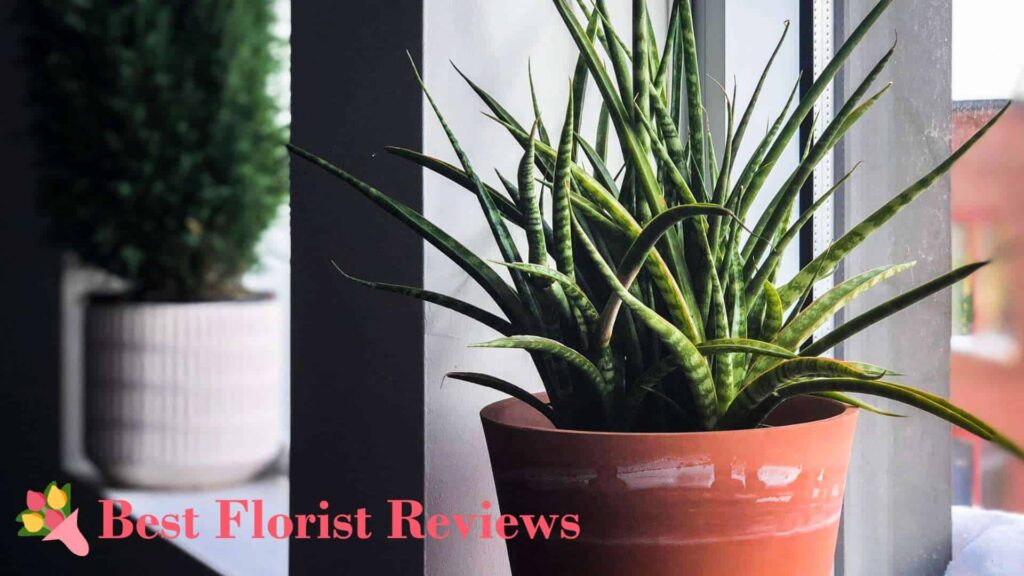

South-facing windows usually have lower humidity because of the heat, so choose a plant that can survive in environments with lower humidity.
However, if there’s a plant that you really want, but prefers highly humid places, consider getting a humidifier and placing it near the plant. This will help elevate the humidity level in the window area and make it more suitable for the plant.
Drought Tolerance
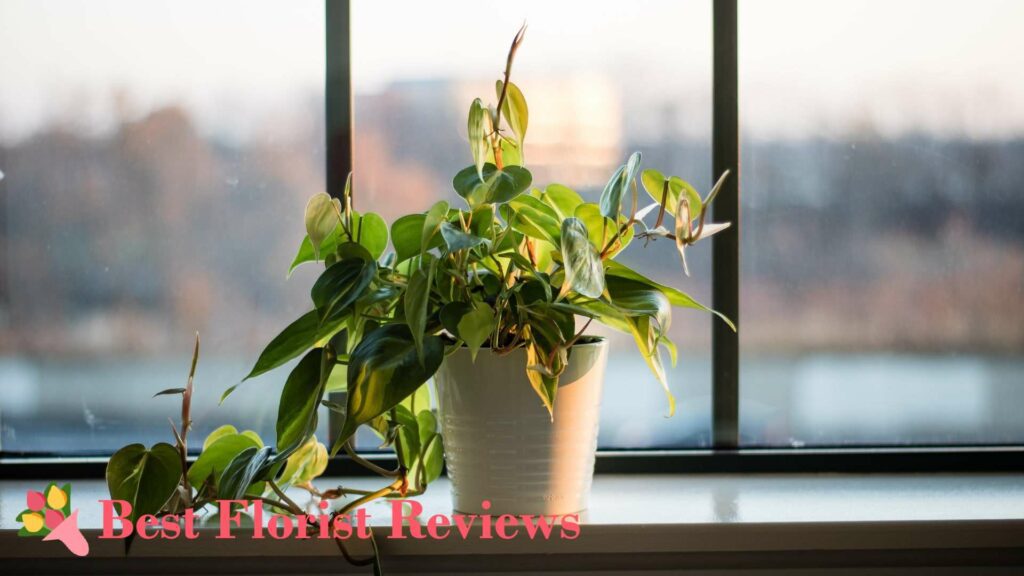

Plants placed in the south-facing windows typically need more watering than they usually do when placed in other rooms. This is because the amount of sunlight south-facing windows receive makes water evaporate faster.
Hence, it’s important that the plants can tolerate a short period of drought. This will help them survive even if you get busy and forget about watering them.
Drought-tolerant plants also help you save time, as you won’t have to water them frequently.



